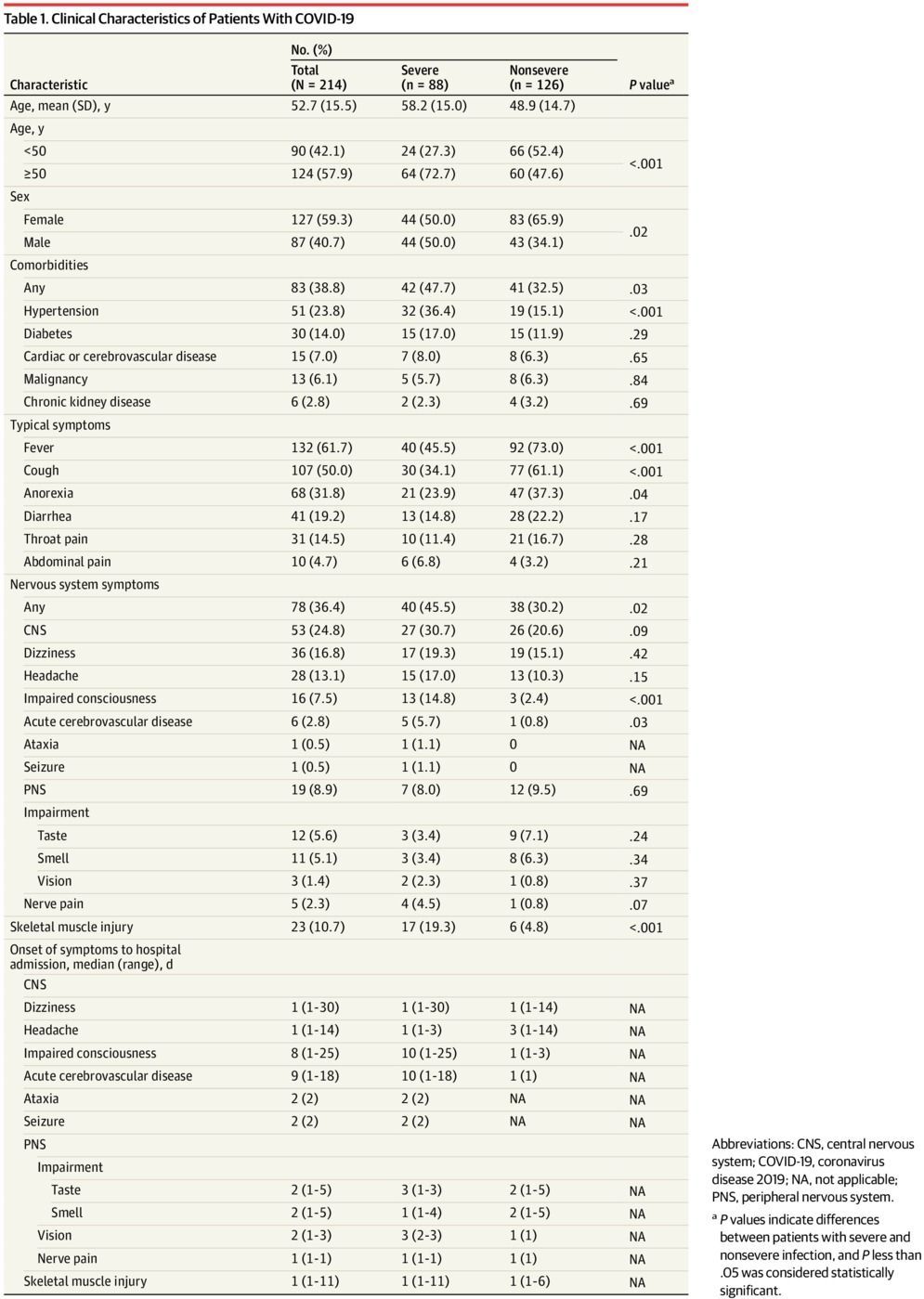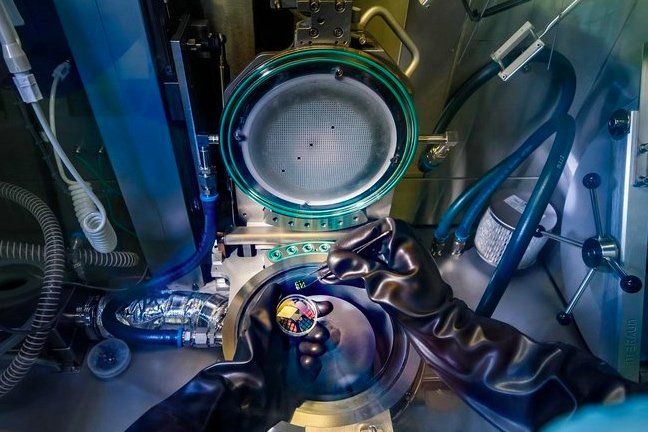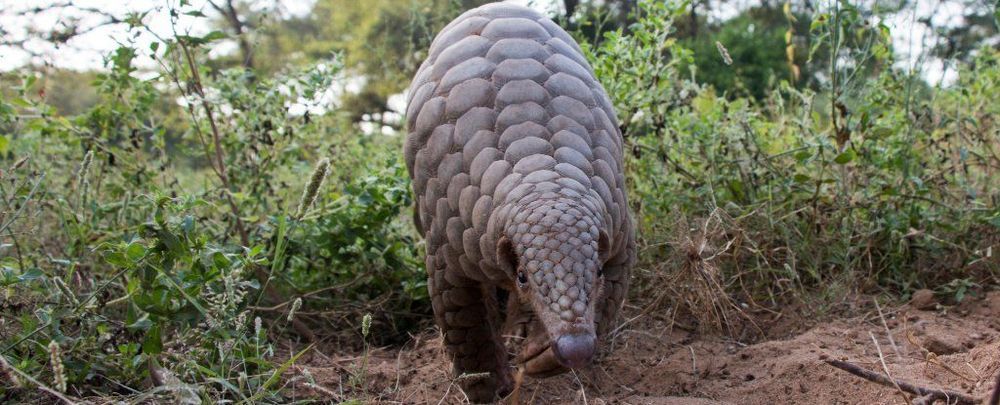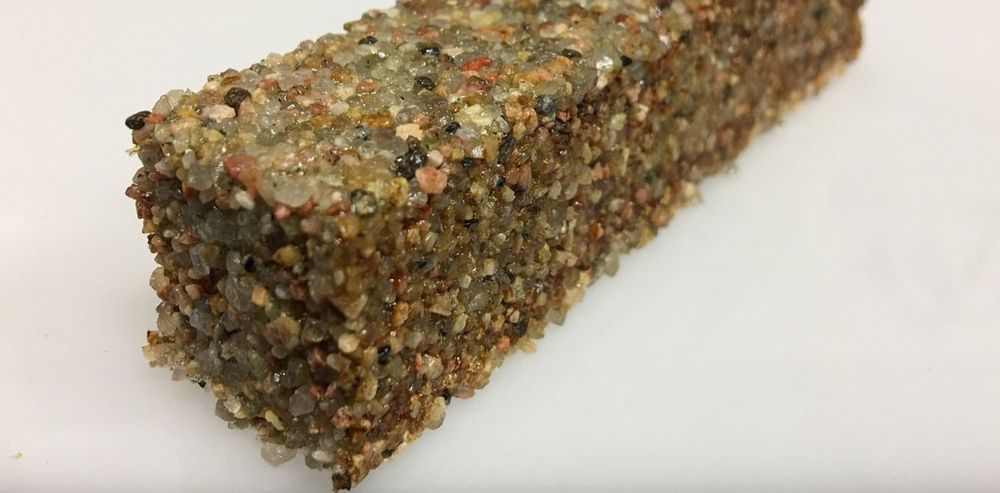Around a year ago…
Pretty cool.
In the past several months, China has offered several remote surgery demonstrations using 5G. The technologies promise better care over a wider area.
Around a year ago…
Pretty cool.
In the past several months, China has offered several remote surgery demonstrations using 5G. The technologies promise better care over a wider area.

Within a week, many world leaders went from downplaying the seriousness of coronavirus to declaring a state of emergency. Even the most efficacious of nations seem to be simultaneously confused and exasperated, with delayed responses revealing incompetence and inefficiency the world over.
So this begs the question: why is it so difficult for us to comprehend the scale of what an unmitigated global pandemic could do? The answer likely relates to how we process abstract concepts like exponential growth. Part of the reason we’ve struggled so much applying basic math to our practical environment is because humans think linearly. But like much of technology, biological systems such as viruses can grow exponentially.
As we scramble to contain and fight the pandemic, we’ve turned to technology as our saving grace. In doing so, we’ve effectively hit a “fast-forward” button on many tech trends that were already in place. From remote work and virtual events to virus-monitoring big data, technologies that were perhaps only familiar to a fringe tech community are now entering center stage—and as tends to be the case with wartime responses, these changes are likely here to stay.

Findings In a case series of 214 patients with coronavirus disease 2019, neurologic symptoms were seen in 36.4% of patients and were more common in patients with severe infection (45.5%) according to their respiratory status, which included acute cerebrovascular events, impaired consciousness, and muscle injury.
Published Online: April 10, 2020. doi: 10.1001/jamaneurol.2020.1127
Author Contributions: Dr B. Hu had full access to all of the data in the study and takes responsibility for the integrity of the data and the accuracy of the data analysis. Drs Mao, Jin, M. Wang, Y. Hu, Chen, He, and Chang contributed equally and share first authorship.
Concept and design: Mao, Jin, Y. Hu, He, Miao, B. Hu.

Russia seems to see the writing on the wall. No longer can disposable rockets win business for the Russian Space Industry. NASA put an end to the ongoing launches of astronauts into space with the development of domestic. The Russian space industry plans on maintaining or growing market share.
“In 2020, 33 launches are planned, of which 12 launches of satellites under the Federal Space Program, nine launches of commercial vehicles, three from the Guiana Space Center,”
Dmitry Rogozin the head of Roscosmos.
According to https://tass.ru/, Russia is planning on completing 30 commercial launches in 2020. To compete in the international market, Roscosmos announced the cost of launch services will be reduced by more than 30%. The allegation is that American companies are price dumping. With the emergence of SpaceX into the launch sector and other new space companies, the launch vehicle options increased greatly. SpaceX specifically has captured a lot of commercial launch contracts with the partially reusable Falcon 9 rocket. SpaceX has proven the booster reuse capability up to five times and disclosed that the reusability is much greater.
Dmitry Rogozin’s claim of American companies engaging in price dumping may not be a valid comparison. American companies diversified the supply. New innovative rockets have been designed, built and launched by American companies like SpaceX and Rocket Lab.

A future of designing without heat?
Heat will likely always be a consideration for designers as our AAC contributor Amos Kingatua acknowledges in his articles on the major causes of high temperatures on PCBs and PCB thermal management techniques.
But can you imagine a world in which heat wasn’t an issue with silicon data chips? What would this mean for the circuits you design? What possibilities would it open up? Share your thoughts in the comments below.

The precious metal has been torn between its potential as a haven investment and a mad scramble to sell the tangible asset in a bid for cash to cover losses in the stock market.
“The Covid-19 outbreak has had a major impact on the gold market, bringing massive price swings as investors react to new developments related to the pandemic,” says Steven Dunn, head of exchange-traded funds at Aberdeen Standard Investments.
“Because of Covid-19, refiners were knocked offline…and the ability to move gold became a challenge as normal means of transport became almost impossible,” he says.

Pangolins, not snakes, may be the missing link for transmission of the new coronavirus from bats to humans.
Since its initial outbreak at Huanan Seafood Wholesale Market in Wuhan, China, in late 2019, COVID-19 has since infected more than a million people across the globe. To understand and control the transmission of COVID-19, scientists are racing to study the coronavirus causing the disease: SARS-CoV-2, previously named 2019-nCoV.
SARS-CoV-2 is zoonotic, which means that the virus originated in animals and jumped to humans. A critical challenge is to determine which animal transmitted the virus to humans.

Hmmmm.
Three more volcanoes—Mount Kerinci in West Sumatra, Mount Semeru in East Java and Mount Merapi in Central Java—showed elevated activity on Friday, on the same day that Anak Krakatau erupted.
The activity at the four mountains was unrelated to one another, as each volcano had a different magma chamber, according to the Volcanology and Geological Hazard Mitigation Center (PVMBG).
Volcanic and tectonic activity is the norm in Indonesia, which is located on the Pacific Ring of Fire, an area where many volcanoes and earthquakes are formed.


An international team of scientists led by the University of the Witwatersrand in South Africa, has been able to reconstruct, in the smallest details, the skulls of some of the world’s oldest known dinosaur embryos in 3D, using powerful and non-destructive synchrotron techniques at the ESRF, the European Synchrotron in France. They found that the skulls develop in the same order as those of today’s crocodiles, chickens, turtles and lizards. The findings are published today in Scientific Reports.
University of the Witwatersrand scientists publish 3D reconstructions of the ~2cm-long skulls of some of the world’s oldest dinosaur embryos in an article in Scientific Reports. The embryos, found in 1976 in Golden Gate Highlands National Park (Free State Province, South Africa) belong to South Africa’s iconic dinosaur Massospondylus carinatus, a 5-meter long herbivore that nested in the Free State region 200 million years ago.
The scientific usefulness of the embryos was previously limited by their extremely fragile nature and tiny size. In 2015, scientists Kimi Chapelle and Jonah Choiniere, from the University of Witwatersrand, brought them to the European Synchrotron (ESRF) in Grenoble, France for scanning. At the ESRF, an 844 metre-ring of electrons travelling at the speed of light emits high-powered X-ray beams that can be used to non-destructively scan matter, including fossils. The embryos were scanned at an unprecedented level of detail — at the resolution of an individual bone cell. With these data in hand, and after nearly 3 years of data processing at Wits’ laboratory, the team was able to reconstruct a 3D model of the baby dinosaur skull. “No lab CT scanner in the world can generate these kinds of data,” said Vincent Fernandez, one of the co-authors and scientist at the Natural History Museum in London (UK).